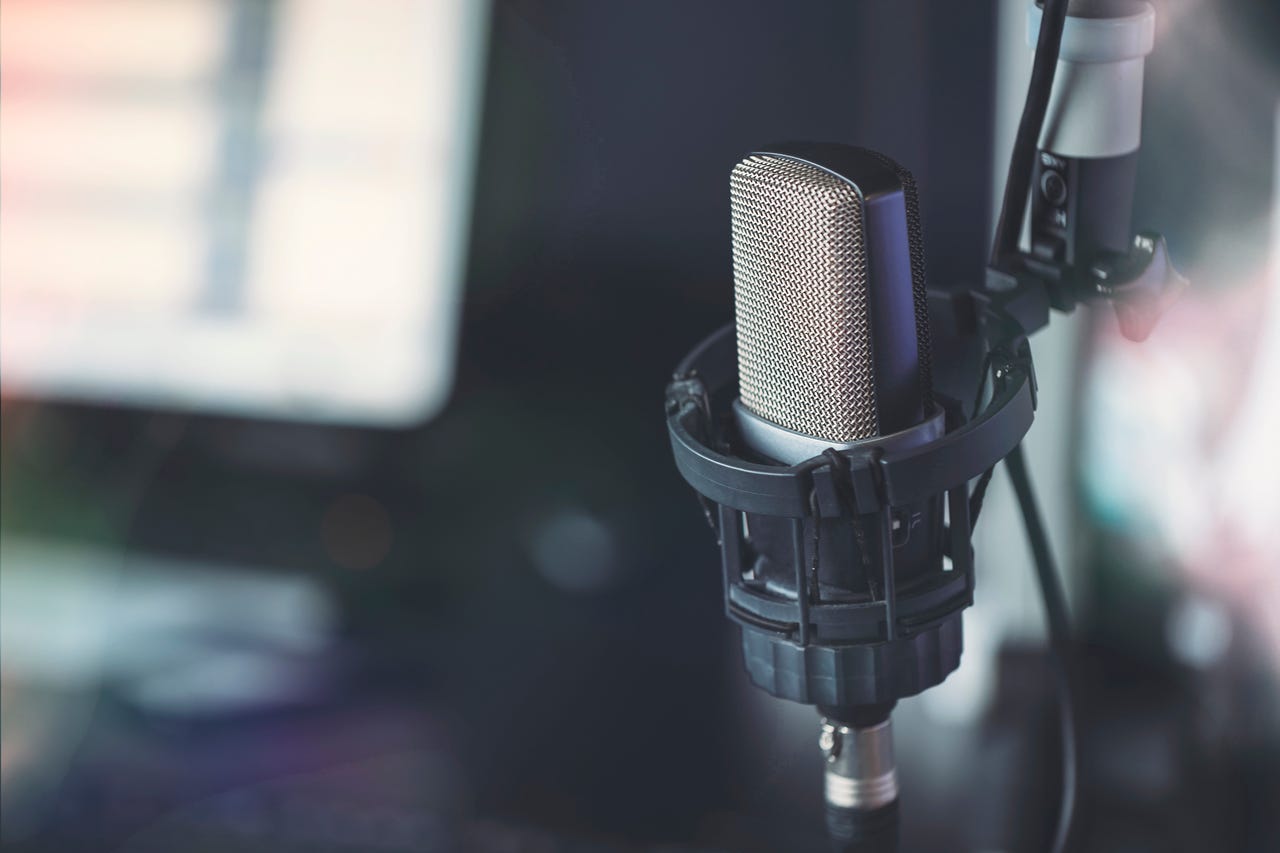
Getty Images/Cris Cantón
Podcasts are everywhere. No matter the subject, you’ll find a podcast. But not all podcasts are created equal.
You might have the perfect idea for a podcast that will blow people’s minds, but if you cannot produce quality-sounding episodes, you won’t gain listeners.
Within the realm of podcasts, there’s nothing more off-putting than poor audio.
The right microphone
Before I get into background noise and how to remove it in Audacity, I want to first address your microphone. If you really want a professional-sounding podcast, you need a pro (or prosumer) microphone, such as my favorite, the CAD E100S. If you use any old cheap mic, you’ll find it picks up a lot of extraneous noise and won’t produce enough dynamic range to sound professional.
I won’t go into all the details here (such as dynamic or condenser, cardioid vs. super-cardioid). What I will say is that there are plenty of pro-sounding mics at non-pro prices. One of the best mics on the market for podcasting is the Blue Yeti (reviewed here). When I first started podcasting and audiobook recording, the Blue Yeti was my mic of choice. I’ve since upgraded to the CAD E100S because I feel like it has more warmth and range. The important thing, however, is that if you opt for a low-quality mic, you’ll get low-quality sound.
What is background noise?
Think of this as your AC or heat running. It’s the constant hum that seems to be a natural part of the room in which you record.
For example, in my studio, I have a very large aquarium with two massive lights that require fans to keep cool. My CAD E100S mic picks that noise up every time. Because of that, I have to remove the background hum.
What doesn’t count as background noise is unpredictable interruptions, such as random dogs barking or cars driving by. However, even those sounds can be removed in this same fashion, so long as you can locate them in the timeline.
So, how do you remove background noise from your podcast files before they are submitted? If you’re using Audacity, that task is much easier than you might think. Let me show you.
How to remove background noise in Audacity for cleaner podcasts
What you’ll need: The only thing you’ll need for this is Audacity installed on Linux, macOS, or Windows. The operating system doesn’t matter, as the process is the same. You’ll also need a recorded file to work with, but I would suggest you don’t test this process on a production file just yet. Make sure to use a test file first. Either that or make a copy of your production file, and try it out on that. This is such a simple process that you most likely wouldn’t harm your audio recording. However, it’s better to be safe than sorry.
The first thing you’ll do is either open or create a test file in Audacity.
If your situation is like mine, you’ve got background noise running throughout the entire file. If that’s the case, highlight any portion of the timeline that doesn’t contain voices (or other important sounds).
Click Effect and then Noise Reduction, which will open a pop-up.
With the noisy section selected and the Noise Reduction pop-up open, click Get Noise Profile, and then click OK.
You now need to select the entire track that needs noise removed. You can do this by either clicking CTRL-A on your keyboard (if all tracks need to have the same noise profile removed) or using your cursor to select the track that needs noise removed.
Go back to Effect > Noise Reduction. When the pop-up appears this time, simply click OK and Audacity will remove all noise associated with the noise profile you selected. When it finishes, you should hear a much cleaner track than what you had previously.
Also: Love listening to records? This simple gadget is a must-have
And that’s all there is to removing background noise from your podcasts with Audacity. It’s a bit of a cumbersome process, but it works like a charm. If you want your podcasts to sound as professional as possible, consider this a must-do for every file.



